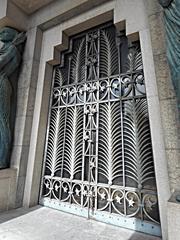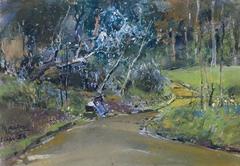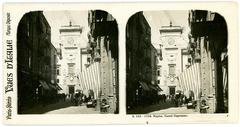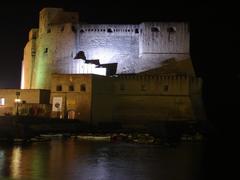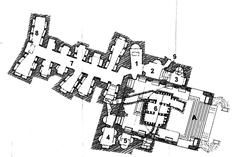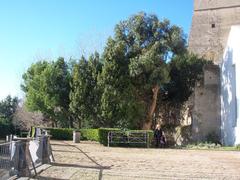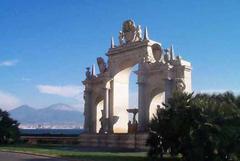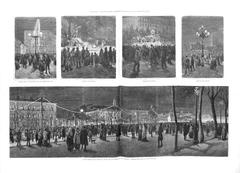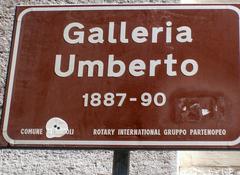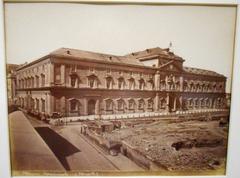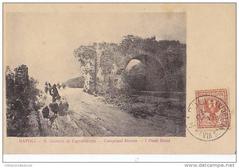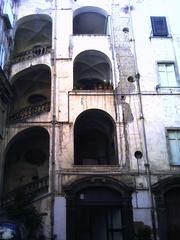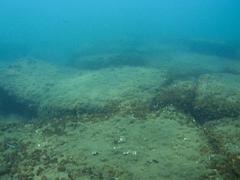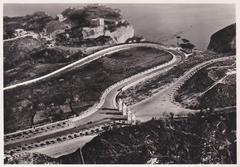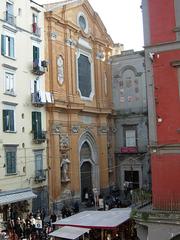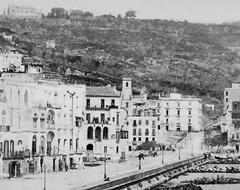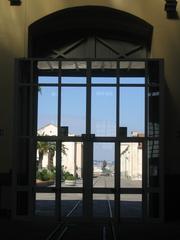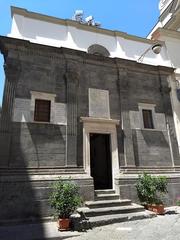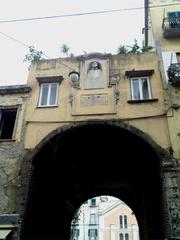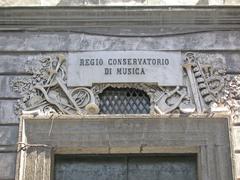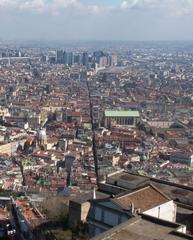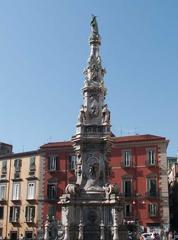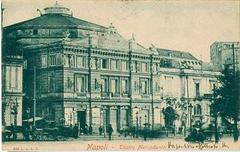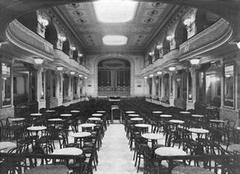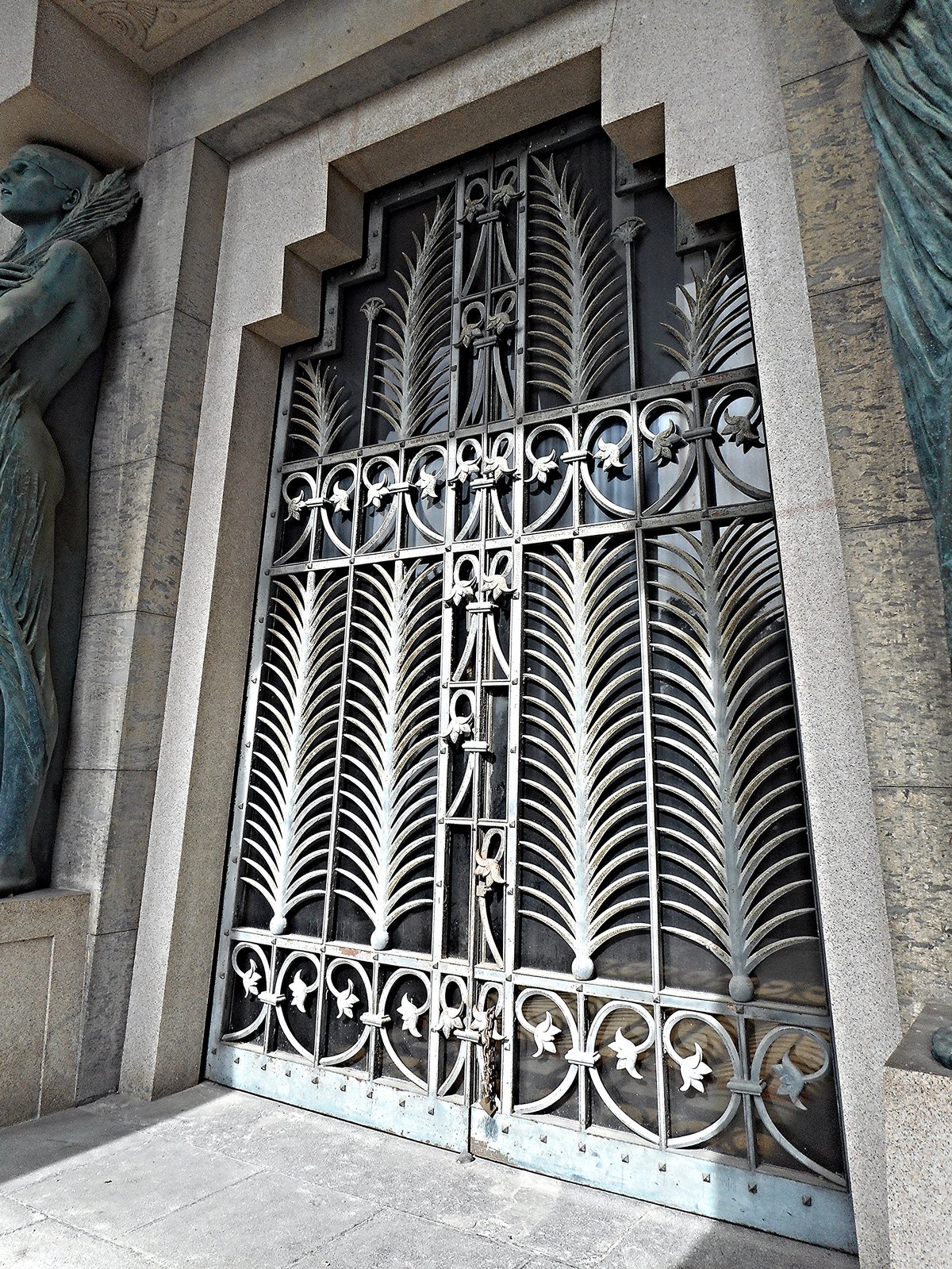
Comprehensive Guide to Visiting Via Belsito, Naples, Italy: History, Significance, Visitor Tips, and Everything Tourists Need to Know for a Memorable Experience
Date: 01/08/2024
Introduction
Nestled in the historic heart of Naples, Italy, Via Belsito is a captivating destination that offers visitors a unique blend of ancient history, architectural marvels, and modern-day attractions. Located in the Vomero district, this charming street reflects the rich tapestry of Naples’ cultural and historical evolution. From its ancient Greek and Roman roots to its significance during the Byzantine, Norman, and Angevin periods, Via Belsito encapsulates the essence of Naples’ long and eventful history. This guide aims to provide comprehensive information on the historical significance of Via Belsito, key landmarks, practical visitor tips, and nearby attractions to ensure a memorable experience for every traveler. Whether you’re a history enthusiast, a foodie, or simply looking to immerse yourself in the local culture, Via Belsito promises a unique and enriching journey through one of Italy’s most vibrant cities. (UNESCO, Time Travel Turtle, Savoring Italy)
Table of Contents
- [Exploring Via Belsito: Historical Significance, Visiting Hours, and Travel Tips](#exploring-via-belsito-historical-significance-visiting-hours-and-travel-tipsexploring-via-belsito-historical-significance-visiting-hours-and-travel-tips)
- [Introduction](#introductionintroduction-1)
- [Historical Significance of Via Belsito, Naples, Italy](#historical-significance-of-via-belsito-naples-italyhistorical-significance-of-via-belsito-naples-italy)
- [Ancient Origins and Development](#ancient-origins-and-developmentancient-origins-and-development)
- [Greek and Roman Influence](#greek-and-roman-influencegreek-and-roman-influence)
- [Byzantine and Norman Periods](#byzantine-and-norman-periodsbyzantine-and-norman-periods)
- [Angevin and Aragonese Eras](#angevin-and-aragonese-erasangevin-and-aragonese-eras)
- [Bourbon Kings and Architectural Ambitions](#bourbon-kings-and-architectural-ambitionsbourbon-kings-and-architectural-ambitions)
- [Modern-Day Significance](#modern-day-significancemodern-day-significance)
- [Key Historical Landmarks](#key-historical-landmarkskey-historical-landmarks)
- [Castel Nuovo](#castel-nuovocastel-nuovo)
- [Church of Santa Chiara](#church-of-santa-chiarachurch-of-santa-chiara)
- [Visitor Information](#visitor-informationvisitor-information)
- [Visiting Hours and Tickets](#visiting-hours-and-ticketsvisiting-hours-and-tickets)
- [Exploring Historical Sites](#exploring-historical-sitesexploring-historical-sites)
- [Local Cuisine](#local-cuisinelocal-cuisine)
- [Safety and Navigation](#safety-and-navigationsafety-and-navigation)
- [Best Time to Visit](#best-time-to-visitbest-time-to-visit)
- [Nearby Attractions](#nearby-attractionsnearby-attractions)
- [Certosa di San Martino](#certosa-di-san-martinocertosa-di-san-martino)
- [Parco della Rimembranza](#parco-della-rimembranzaparco-della-rimembranza)
- [FAQ](#faqfaq)
- [Conclusion](#conclusionconclusion)
- [References](#referencesreferences)
Exploring Via Belsito: Historical Significance, Visiting Hours, and Travel Tips
Introduction
Via Belsito in Naples is a treasure trove of ancient history and architectural marvels. This article will guide you through the rich historical significance of Via Belsito, provide essential visitor information, and offer tips to make the most of your visit to this remarkable site. Whether you’re a history buff or a curious traveler, Via Belsito promises a unique glimpse into Naples’ captivating past.
Historical Significance of Via Belsito, Naples, Italy
Ancient Origins and Development
Via Belsito, located in the historic city of Naples, Italy, is a testament to the city’s rich and layered history. Naples, originally founded as Parthenope or Palaepolis in the 9th century B.C., was re-established as Neapolis (New City) in 470 B.C. (UNESCO). This ancient city has preserved elements of its long and eventful history, which is evident in the urban fabric of Via Belsito.
Greek and Roman Influence
Naples was a significant city in Magna Graecia, playing a crucial role in the transmission of Greek culture to Roman society. The Greek town walls and the remains of a Roman theatre, cemeteries, and catacombs excavated since World War II highlight this historical period (UNESCO). Via Belsito, like many parts of Naples, reflects this ancient heritage through its layout and architecture.
Byzantine and Norman Periods
In the 6th century A.D., Naples was conquered by the Byzantine Empire and later became an autonomous Duchy. The Normans, Swabians, and the Sicilian reign also left their mark on the city. Notable structures from this period include the churches of San Gennaro extra moenia, San Giorgio Maggiore, and San Giovanni Maggiore, which feature elements of 4th and 5th-century architecture (UNESCO). The Castel dell’Ovo, a substantial survival from the Norman period, although remodeled several times, is another significant landmark.
Angevin and Aragonese Eras
Between the 13th and 15th centuries, Naples was the most important city for the Angevin dynasty, which expanded its suburbs and built grand churches. The Aragonese then controlled the city for the next couple of centuries, emphasizing imposing castles and opulent palaces (Time Travel Turtle). Via Belsito, situated in this historically rich environment, offers glimpses into these architectural advancements.
Bourbon Kings and Architectural Ambitions
From 1734, the Bourbon Kings embarked on ambitious architectural projects, transforming Naples into one of the major capital cities of Europe. The city became filled with incredible buildings, squares, and boulevards, many of which still stand today (Time Travel Turtle). Via Belsito, with its proximity to these historical sites, provides visitors with a unique opportunity to explore this architectural heritage.
Modern-Day Significance
Today, Via Belsito is part of the Historic Centre of Naples, a UNESCO World Heritage site. The rectangular grid layout of the ancient Greek foundation of Neapolis is still discernible and continues to provide the basic form for the present-day urban fabric (UNESCO). This area, including Via Belsito, is a focal point for art and architecture, expressed in its ancient forts, royal ensembles, and the palaces and churches sponsored by noble families.
Key Historical Landmarks
Castel Nuovo
One of the most notable landmarks near Via Belsito is Castel Nuovo, also known as Maschio Angioino. This medieval castle, built in 1279 by Charles I of Anjou, is a symbol of the city’s historical significance. It has served various roles, including a royal residence and a military fortress (UNESCO).
Church of Santa Chiara
The Church of Santa Chiara, another significant monument, was built in 1310 by King Robert of Naples. It is renowned for its Gothic architecture and the beautiful cloister adorned with majolica tiles (UNESCO).
Visitor Information
Visiting Hours and Tickets
The visiting hours for Via Belsito vary depending on the season and specific sites within the area. It is advisable to check the official website or contact local tourist information centers for the most up-to-date information. Ticket prices for nearby historical sites such as Castel Nuovo and the Church of Santa Chiara may also vary, so advance booking is recommended.
Exploring Historical Sites
Visitors to Via Belsito can explore nearby historical sites such as the Castel Nuovo and the Church of Santa Chiara. It is advisable to wear comfortable walking shoes as the area is best explored on foot.
Local Cuisine
Naples is famous for its culinary delights, particularly its pizza. Visitors should not miss trying the authentic Neapolitan pizza at local pizzerias. Other local specialties include sfogliatelle and Babà Napoletano (Savoring Italy).
Safety and Navigation
While Naples has a reputation for being chaotic, recent efforts have made the city safer and more tourist-friendly. Visitors should still be aware of their surroundings and use common sense, especially in crowded areas (Practical Travel Concepts).
Best Time to Visit
The best time to visit Naples is during the spring and fall when the weather is pleasant, and the tourist crowds are smaller. August can be particularly busy, especially in nearby tourist hotspots like the Amalfi Coast and Capri (Naples Wise).
Nearby Attractions
Certosa di San Martino
Located a short distance from Via Belsito, the Certosa di San Martino is a former monastery that now serves as a museum. The complex includes a beautiful church, cloisters, and gardens, as well as an extensive collection of art and historical artifacts. The museum offers a fascinating insight into the religious and cultural history of Naples, making it a worthwhile addition to your itinerary.
Visiting Hours: Open daily from 8:30 AM to 7:30 PM. Tickets: €6 for adults, free for children under 18.
Parco della Rimembranza
For those looking to escape the hustle and bustle of the city, the Parco della Rimembranza offers a peaceful retreat. This park, located near Via Belsito, features walking trails, picnic areas, and stunning views of the city and the bay. It’s an ideal spot for a leisurely stroll or a relaxing afternoon in nature.
FAQ
What are the visiting hours for Via Belsito? Visiting hours vary depending on the season and specific sites. Check the official website or local tourist information for up-to-date details.
How much are tickets to Via Belsito? Ticket prices for nearby historical sites such as Castel Nuovo and the Church of Santa Chiara vary. Advance booking is recommended.
What are the best times to visit Via Belsito? The best times to visit are during the spring and fall when the weather is pleasant, and tourist crowds are smaller.
Conclusion
Via Belsito in Naples offers a remarkable journey through time, providing visitors with a deep understanding of the city’s rich historical and cultural heritage. From the ancient Greek and Roman influences to the architectural advancements of the Angevin and Bourbon periods, each era has left an indelible mark on this charming street. Key landmarks such as Castel Nuovo and the Church of Santa Chiara further enhance the historical significance of Via Belsito, while practical visitor tips ensure a smooth and enjoyable experience. Additionally, the vibrant local cuisine, bustling markets, and nearby attractions like Castel Sant’Elmo and Villa Floridiana offer a well-rounded and immersive experience for every traveler. By following the advice and recommendations provided in this guide, visitors can fully appreciate the unique charm and historical depth of Via Belsito, making their trip to Naples truly unforgettable. (UNESCO, Italian Trip Abroad, Adventures of Lil Nicki)
References
- UNESCO World Heritage Centre. Historic Centre of Naples, 2021, source
- Time Travel Turtle. Historic Centre of Naples, 2021, source
- Savoring Italy. Naples, Italy, 2021, source
- Italian Trip Abroad. Things to Know Before Visiting Naples, 2021, source
- Adventures of Lil Nicki. Things to Do in Naples, Italy: Naples Travel Guide, 2021, source
- Lonely Planet. Things to Know Before Traveling to Naples, 2021, source
- Cultured Voyages. Is Naples Worth Visiting?, 2021, source
